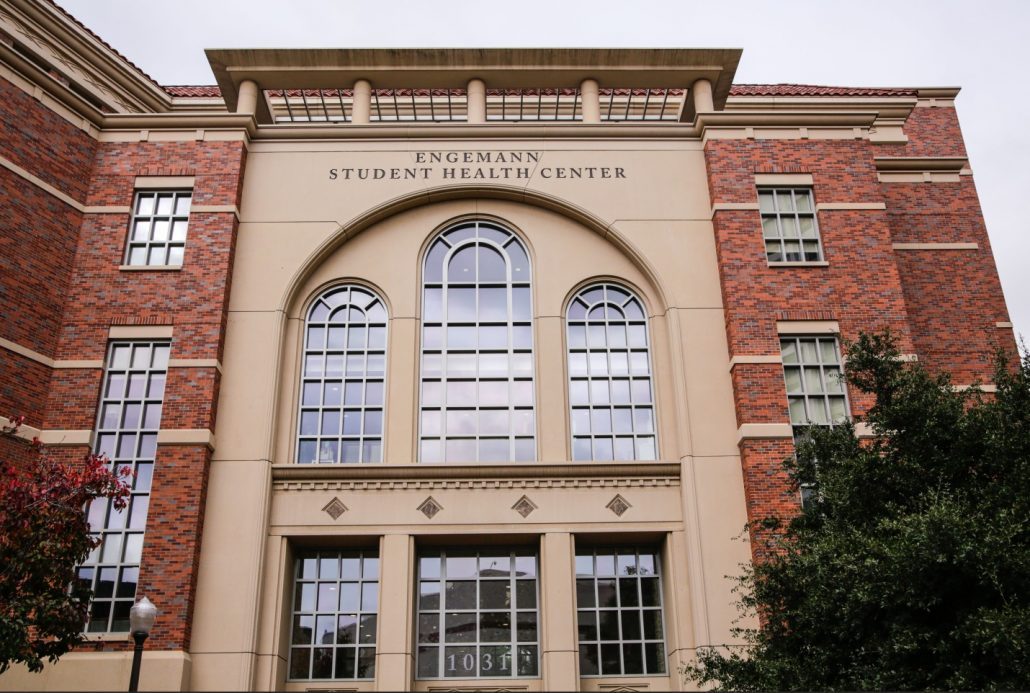Student Health will not require second booster shot

When USC classes begin Aug. 22, it will be the first time the traditional academic school year will begin in California without a statewide enforced school mask mandate since the start of the coronavirus pandemic. Chief Student Health Officer Dr. Sarah Van Orman said in an interview with the Daily Trojan on Monday that the University anticipates a surge in positive cases as a result of students and faculty returning to school and encourages students to wear masks regardless of regulations.
Van Orman indicated that Student Health is not currently considering mandating a second booster as part of the University’s vaccination requirements. As of last semester, over 95% of students and faculty are vaccinated with the primary series and approximately 86 to 87% of students and faculty are vaccinated with the booster in addition to the primary series.
In response to the development of the Novavax vaccine — which uses copies of coronavirus’ outer coating, the spike protein, to make nanoparticles that are delivered into the body to train the immune system against infection — Van Orman said the University is currently waiting to confirm with USC pharmacies on its availability to students and faculty. The Novavax vaccine uses a “more traditional method” of moth cells and tree bark as opposed to mRNA vaccines — Pfizer and Moderna — or viral vector vaccines — Johnson & Johnson.
“Novavax is a very good COVID-19 vaccine … the data on it is equivalent, as far as we can see, to the other vaccines that are approved such as Pfizer and Moderna,” Van Orman said. “It’s a very good choice for people. There don’t seem to be any particular sort of advantages or disadvantages compared to the other mRNA vaccines we have.”
For people who are unvaccinated and concerned about the relatively novel mRNA technology, Van Orman said, the Novavax vaccine’s traditional composition makes an appropriate addition. Van Orman said people have concerns that vaccines which are developed quickly or perceived as newer technology are unsafe. However, she said that vaccine technology is constantly evolving, and that having mRNA and traditional protein vaccines are important because they give people options that they can select based on their personal preferences.
“I think somehow the narrative was picked up that [mRNA vaccines] were very new technology,’’ Van Orman said. “We certainly know that [concern] can be heightened by disinformation and misinformation, as the pandemic rolled out, which was being perpetuated by various people for ideological reasons. We never want to minimize people’s real fears … but it definitely gives people a choice.”
The Novavax vaccine is currently offered in two doses in the primary series, which are given three to eight weeks apart. Although there is currently no booster dose available, Van Orman said that it is possible that people who receive Novavax may require a booster shot as time passes.
“[Traditional protein vaccines and mRNA vaccines] are just different ways of introducing your body to the protein … so your body then makes an immune response to that protein, and when it encounters the protein from the actual infection, it already has an immune response waiting,” Van Orman said. “We just imagined that some people might want to choose a protein-based vaccine, and so now they have Novavax as a solution.”
Although the University will no longer conduct weekly surveillance testing, Van Orman said students should test even when experiencing minimal symptoms or when they suspect infection. Student Health recommends testing with antigen tests — which are available at drugstores, by mail through the U.S. Postal Service and will be available at USC testing stations — one and three days after exposure. Another time to take a test, Van Orman said, is when people expect to be in a high-risk environment or situation, such as traveling.
“People should very much consider testing if they’re going to be visiting someone that might be at higher risk, so if you’re going to visit someone who’s ill — an older relative or children — testing before you’re going into an environment where you could inadvertently spread to someone who might be at higher risk are really the environments that we most recommend people consider testing in,” Van Orman said.

